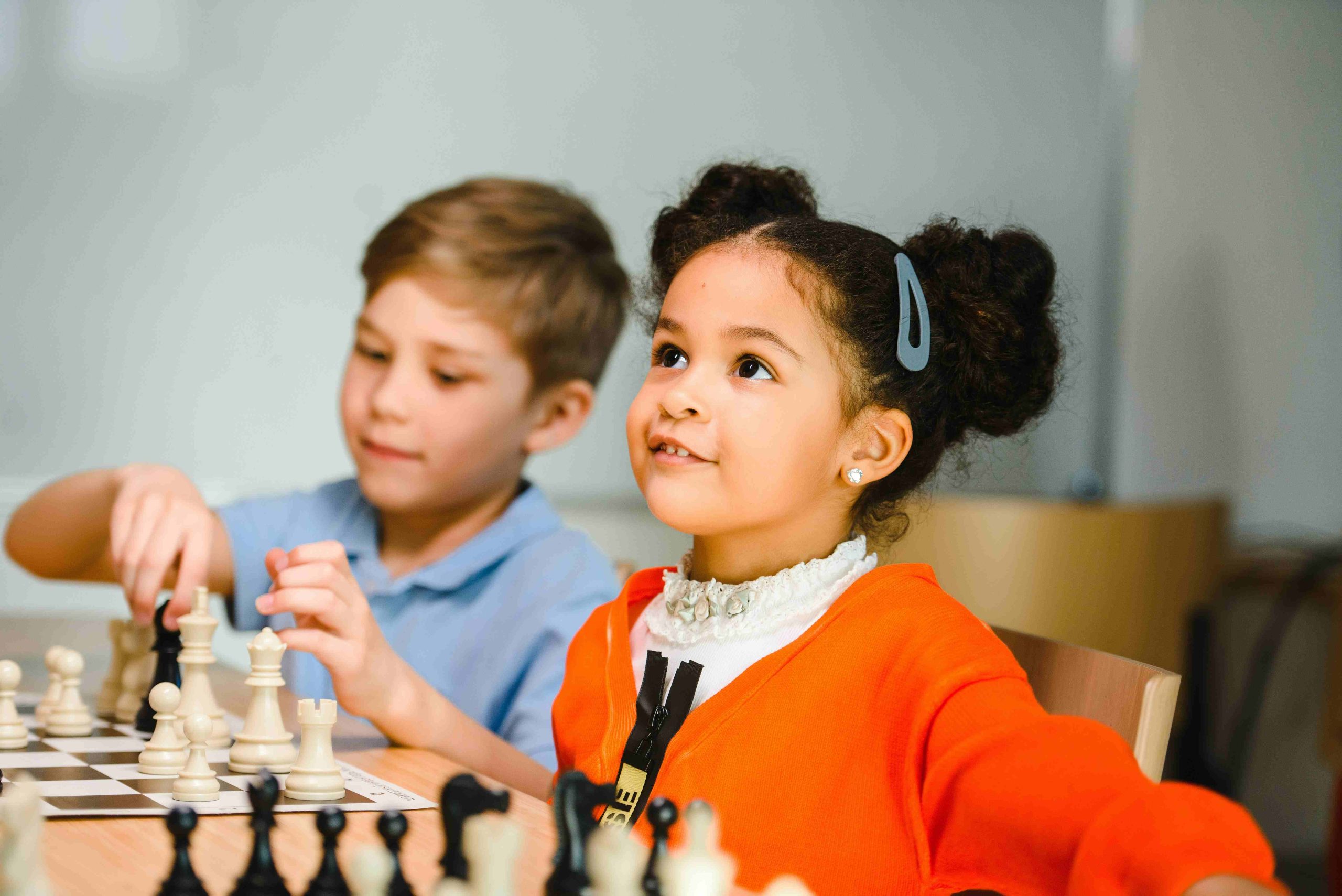
The Theory of Multiple Intelligences: Active Learning Corners
In traditional education, the emphasis often lies on academic abilities like reading, writing, and math. However, Howard Gardner’s Theory of Multiple Intelligences broadens this perspective, acknowledging that intelligence encompasses various domains. This article delves into Gardner’s theory and its implementation in active learning corners within preschool classrooms.
Gardner’s Theory of Multiple Intelligences
In 1983, Howard Gardner, a psychologist and Harvard University professor, introduced the Theory of Multiple Intelligences. This theory posits that individuals possess multiple intelligences, each with its own strengths and weaknesses. Gardner identified eight types of intelligences: linguistic, logical-mathematical, spatial, bodily-kinesthetic, musical, interpersonal, intrapersonal, and naturalistic.
Linguistic intelligence involves effective use of language, whether through speaking or writing. Logical-mathematical intelligence entails employing logic and reasoning to solve problems.
Spatial intelligence revolves around visualizing and manipulating objects in space. Bodily-kinesthetic intelligence relates to controlling body movements and handling objects skillfully. Musical intelligence involves sensitivity to rhythm, melody, and harmony.
Interpersonal intelligence encompasses understanding and relating to others’ emotions and motivations. Intrapersonal intelligence involves understanding oneself, including emotions and motivations. Lastly, naturalistic intelligence is the ability to recognize and categorize objects in nature.
Active Learning Corners in Preschool Classrooms
Active learning corners are areas in preschool classrooms where children can explore and learn through play. Unlike traditional classrooms, where teachers lead and focus is on academic subjects, active learning corners empower children to take charge of their learning and explore their interests.
These corners can be set up to promote multiple intelligences, allowing children to develop their strengths:
- Linguistic Intelligence: Create a storytelling and reading corner for language development.
- Logical-Mathematical Intelligence: Set up a math and problem-solving corner with puzzles and games.
- Spatial Intelligence: Provide a building and designing corner with blocks and construction materials.
- Bodily-Kinesthetic Intelligence: Offer a movement and physical play corner with dress-up clothes and props.
- Musical Intelligence: Establish a music and rhythm corner with instruments and music-making materials.
- Interpersonal Intelligence: Create a role-playing and social interaction corner with props for imaginative play.
- Intrapersonal Intelligence: Provide a quiet and reflective corner for solitary activities like reading or drawing.
- Naturalistic Intelligence: Set up a nature and exploration corner with plants, animals, and natural objects.
These corners foster cognitive, social, and emotional development. However, they’re just one aspect of a teacher’s toolkit. Incorporating group discussions, teacher-led activities, and outdoor play provides a balanced learning experience.
Moreover, tailoring these corners to children’s needs and interests is vital. Observing students and assessing their learning styles helps determine engaging and effective activities.
Conclusion
Active learning corners offer valuable opportunities for children to develop multiple intelligences. By providing diverse learning environments, teachers support holistic development and cultivate a love for learning.


